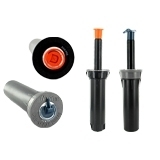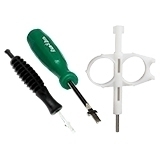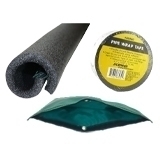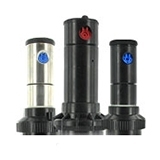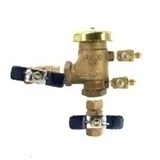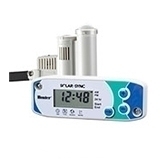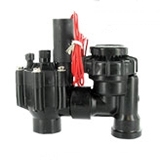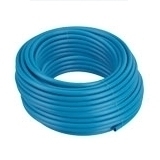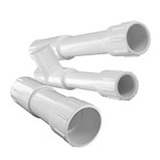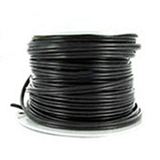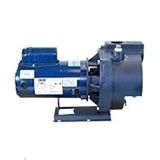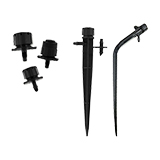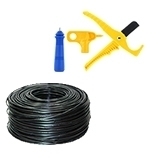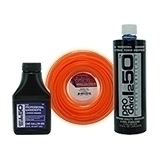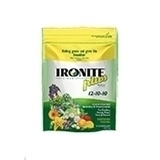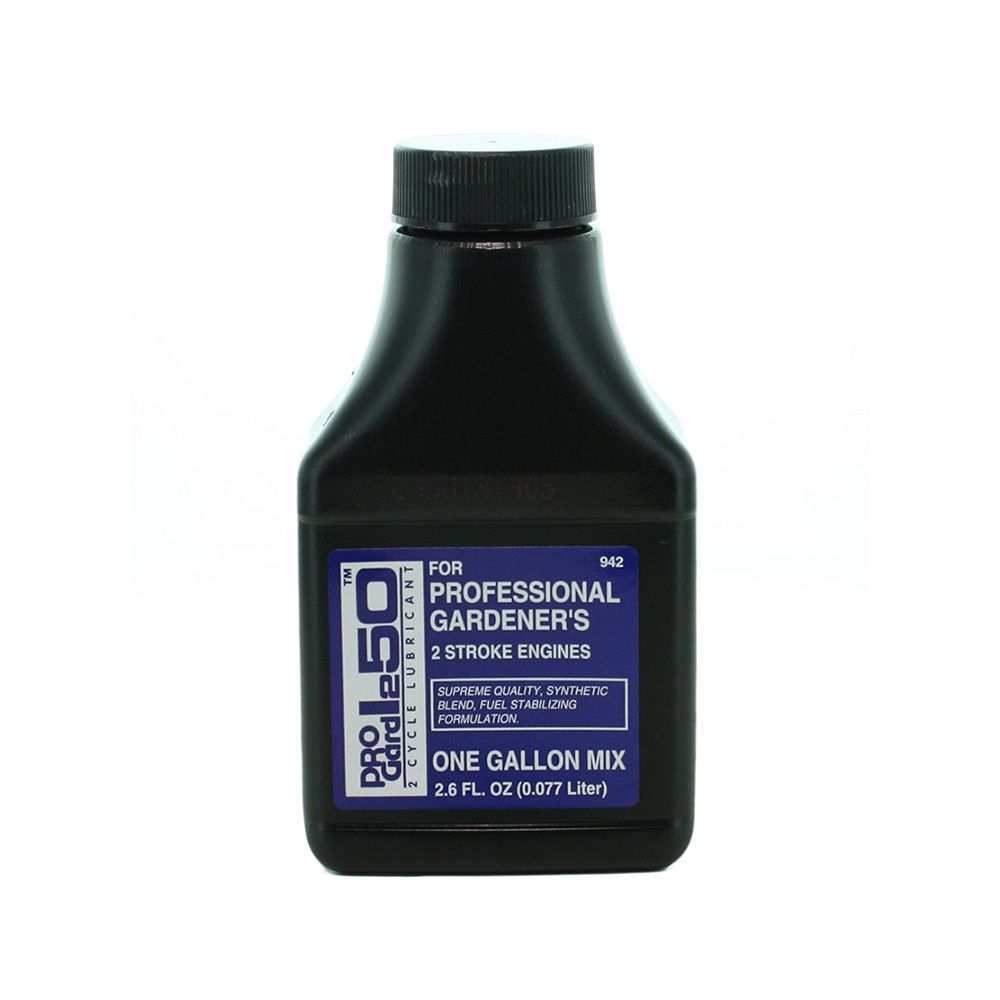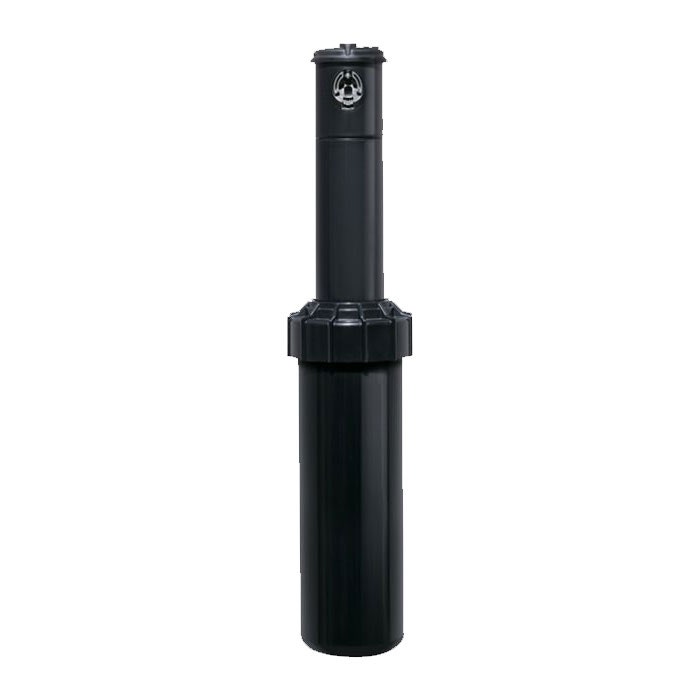So you got a new sprinkler system. Now what? How often do you water? And for how long? Adrian Sanchez here for Sprinkler Warehouse. Let’s get started.
Watering According To Sprinkler Zones
Just in case you’re not familiar with sprinkler systems, your sprinkler system will almost surely have different zones. Nearly all sprinkler systems will allow you run various zones for different amounts of time. Many will allow you to run different zones on different days. You should run your sprinkler system for a few minutes on each zone, and make note of which zones cover which parts of your yard. Certain zones will probably require more time than others. For example, the zones that cover flower beds versus lawn. And that bed with all the cacti won’t need much water at all.
What Time Of Day Should I Water My Lawn?
Watering early in the morning before sunrise is generally the best time to water. At that time of day, you’ll have the best water pressure and the water will have time to soak into the soil before evaporating. Watering in the evening can be problematic. Water sitting on the lawn all night can lead to disease. Watering in the heat of the day is often wasteful because much of the water will evaporate before it can soak in.
Factors that influence your watering schedule.
- Weather. When it’s hotter, you’ll need to water more frequently and possibly for longer times. In the summer, you’ll probably need to water every other day and sometimes daily. During winter when your lawn is dormant, you may not water at all. During stints of rainy weather, you’ll leave your system off. It’s a good idea for this reason to use a rain sensor. A rain sensor can save you money and help you to avoid waterlogging your lawn.
- Soil permeability is a significant factor in determining your watering schedule. If your soil is sandy or chalky, you’ll have to water more frequently. These soils dry out quickly. Even after extended rains, you may have to water just a few days later. If your soil has a lot of clay, it will hold water really well. Often too well. During rainy weeks, your lawn will hold water longer than necessary, which may lead to disease. Silty, chalky, and peat-rich soils are good at retaining water yet still drain well.
With the exception of especially hot times, you don’t probably don’t want to water daily. Doing so will keep water toward the top of the soil resulting in shallow grass roots and a greater chance for disease since the top inch or so stays wet. You want deeper roots, which results in healthier grass that is more drought-tolerant and less likely to be diseased and will require less water.
Watering should soak down to, a minimum of six inches. You can spot-check with a shovel to see if you’re watering long enough. The next water cycle should start before the soil dries out. If your soil dries out completely then your grass will become stressed.
Watering Per Zone
Most lawns during spring and summer will do well with a half an inch of water every other day. So how do you know how much a half an inch is? Various manufacturers make Catch Cups or Catch Cans that you can use to measure your watering by placing them within the spray patterns of your lawn.
Multiple cups per zone is recommended so you can average the water depth. Run the watering cycle for ten minutes and then measure the depth of water in each can or cup. Your measurement will let you know how long you’ll need to run a zone in order to get the recommended half an inch. This also helps determine if there are any under-watered areas in your lawn.
If you did find some places in your lawn that were not being properly watered you may need to adjust the sprinkler heads, clean your nozzles or replace your nozzles. You should also remove the sprinkler nozzles and clean out the filters in the pop-up heads. When adjusting nozzles remember that you should have head-to-head coverage. That is the spray from each sprinkler should reach the next sprinkler head.
I should also mention that if your lawn has new sod or been freshly seeded you’ll need to water every day for a short amount of time until your grass roots take root. In this case, the top inch or so of soil should stay slightly damp but not be soaking wet.
Remember, Sprinkler Warehouse has EVERYTHING for your irrigation needs so, your trees, lawn, flower beds, and gardens are LUSH and BEAUTIFUL. If you have any questions about our products, chat with one of our superb customer service agents at sprinklerwarehouse.com. They really know their stuff and they’ll get you squared away. Subscribe to our YouTube channel for helpful tips, tutorials, and general sprinkler instruction. For Sprinkler Warehouse, I’m Adrian Sanchez. Later, IrriGator.



